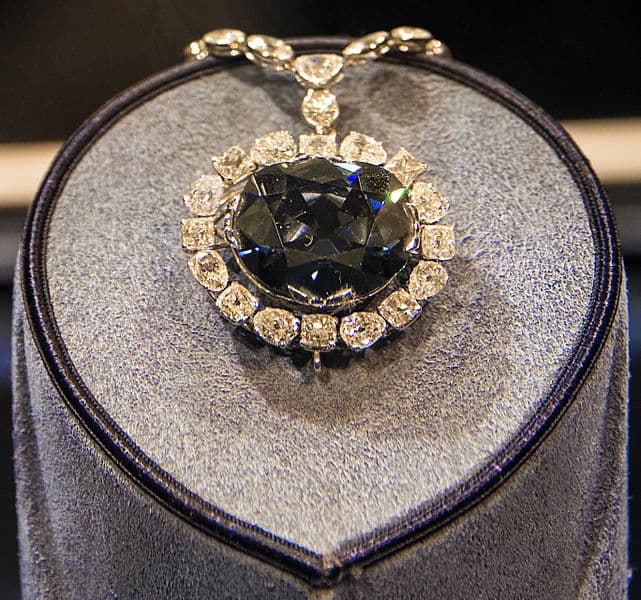Color Grading Fancy Colored Diamonds
The color grading standards for white diamonds don't apply to fancy colored diamonds. Learn the GIA and Argyle grading systems and how to find signs of artificial coloration.
10 Minute Read
Inform Your Customers About Diamond Colors and Heat
First, some advice. Please tell your customers that some diamonds, particularly green ones, may change color if heated by a jeweler’s torch. This applies to both natural and artificially irradiated diamonds. Since this color change is permanent, recommend they ask jewelers to remove mounted colored diamonds before making jewelry repairs.
Distinguishing Natural from Enhanced Diamond Colors
Approximately one third of all colored diamonds have artificially induced colors. Typically, determining if the color is natural or artificial falls outside the range of standard gemological instruments. This requires sending the diamonds to a major lab. Occasionally, you can determine precisely that the color is artificial. However, you can never determine with certainty if the color is natural. You should send any colored diamonds of significant value to a major lab for testing.
Identifying Irradiation
Exposure to natural radiation in the Earth often affects diamond color. After mining, exposure can also alter color. Artificial radiation treatments usually produce green, blue, or blue-green diamonds. If annealed, these gems can yield pink, red, yellow, orange, and blue colors.
Ion Implantation
Ion implantation is a new,…
Donald Clark, CSM IMG
Related Articles
Diamond Value, Price, and Jewelry Information
Can Blockchain Diamonds Solve Ethical Sourcing and Grading Issues?
Diamond Buying and the Four Cs, Part 1: Diamond Carat Weight
How to Evaluate Diamond Symmetry
Never Stop Learning
When you join the IGS community, you get trusted diamond & gemstone information when you need it.
Get Gemology Insights
Get started with the International Gem Society’s free guide to gemstone identification. Join our weekly newsletter & get a free copy of the Gem ID Checklist!
